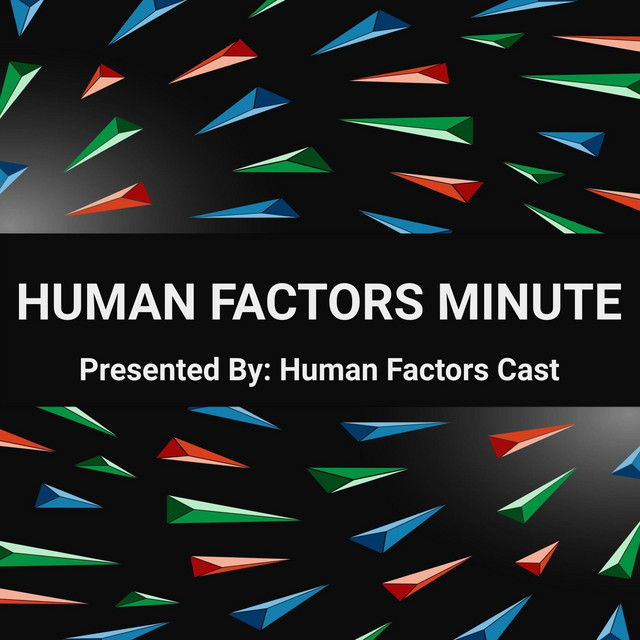bonus
Design of Reduce/Reuse/Recycle Receptacles
Ensuring trash and recycling makes it into proper receptacles is important because it prevents pollution, reduces the need to harvest new raw materials, and is critical for reducing runoff of materials into the ocean
Human factors plays a key role when considering the design of these recepticles and their environment to encourage adoption
Some ways in which Human Factors can encourage people to utilize these bins are to:
1. Make clear what materials can be recycled, and where they go by using large clear words, pictures, colors, among other design features
2. Design recycling bins to discourage people from adding trash by providing small holes for cans, or designing the lid to resemble recycleable-specific features
3. Ensure trash cans are easy to use, clearly marked, and placed in an easily accessible locations next to the recycling bins for user convenience
4. Educate the public continuously on the importance of good recycling habits and ensure positive messaging around recycling to show what can be recycled and how
This is just one of the many ways in which Human Factors can contribute to ensure minimal waste makes it to the ocean
To donate to #teamseas or to find out more about the #teamseas campaign, visit teamseas.org
Guest read by Lab Member Katie Sabo
Be sure to check out our main show at our official website: https://www.humanfactorscast.media
Support us on these platforms to get access to the entire Human Factors Minute library:
- Patreon: https://www.patreon.com/humanfactorscast
- Buy us a coffee: https://www.buymeacoffee.com/hfactorspodcast
Join us on Discord:https://go.humanfactorscast.media/Discord
Follow us:
- Human Factors Cast Merchandise Store: https://www.humanfactorscast.media/p/Store/
- Follow us on Twitch: https://twitch.tv/HumanFactorsCast
- Follow us on YouTube: https://www.youtube.com/HumanFactorsCast
- Follow us on LinkedIn: https://www.linkedin.com/company/humanfactorscast
- Follow us on Twitter: https://www.twitter.com/HFactorsPodcast
- Follow us on Facebook: https://www.facebook.com/HumanFactorsCast
Resources:
- Music by Kevin McLeod: https://incompetech.com/music/royalty-free/
Mentioned in this episode:
Support us on Patreon for access to the full library of Human Factors Minute
https://www.patreon.com/humanfactorscast
Transcript
Ensuring trash and recycling makes it into proper receptacles is important because it prevents pollution, reduces the need to harvest new raw materials, and is critical for reducing runoff of materials into the ocean
Human factors plays a key role when considering the design of these recepticles and their environment to encourage adoption
Some ways in which Human Factors can encourage people to utilize these bins are to:
1. Make clear what materials can be recycled, and where they go by using large clear words, pictures, colors, among other design features
2. Design recycling bins to discourage people from adding trash by providing small holes for cans, or designing the lid to resemble recycleable-specific features
3. Ensure trash cans are easy to use, clearly marked, and placed in an easily accessible locations next to the recycling bins for user convenience
4. Educate the public continuously on the importance of good recycling habits and ensure positive messaging around recycling to show what can be recycled and how
This is just one of the many ways in which Human Factors can contribute to ensure minimal waste makes it to the ocean
To donate to #teamseas or to find out more about the #teamseas campaign, visit teamseas.org


